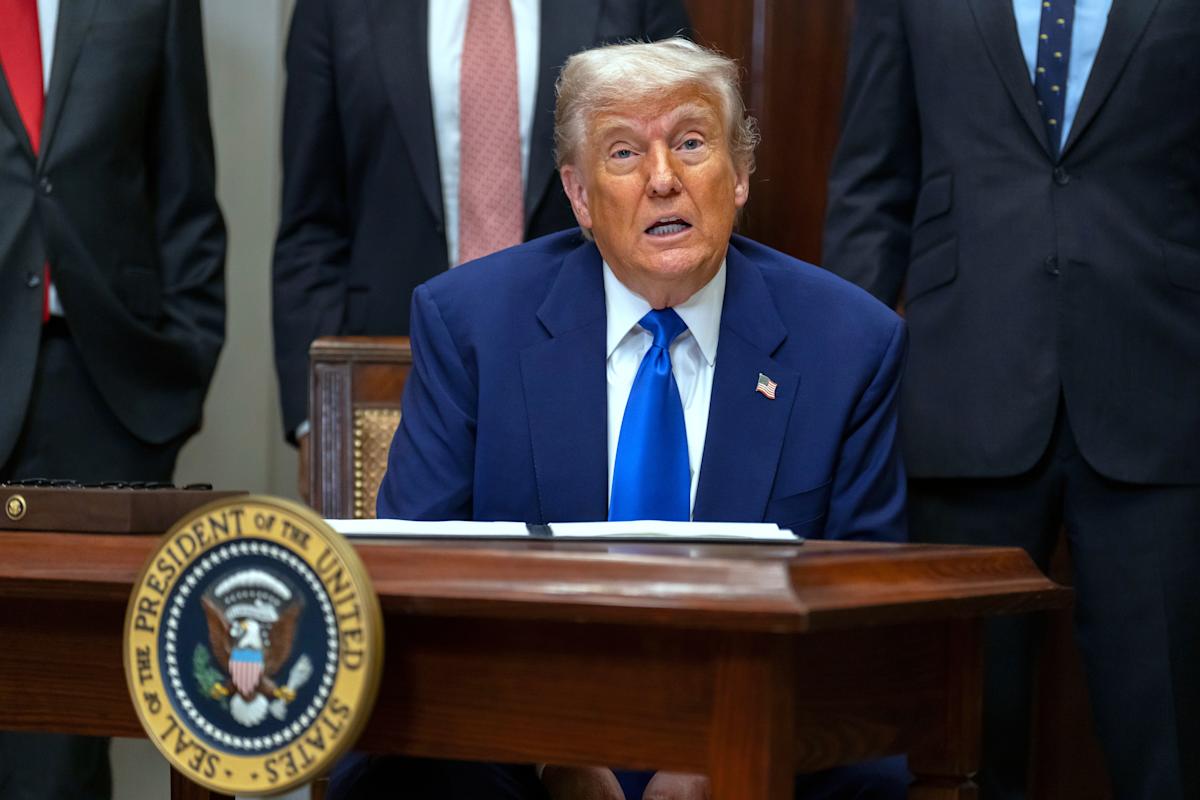Trump's Temporary Tariff Cuts on China: A Step Toward Stabilization
- Small Town Truth

- May 13
- 3 min read

In a significant move following recent trade discussions, President Donald Trump has announced a temporary reduction in tariffs on Chinese imports, signaling a potential easing of tensions between the United States and China. The new agreement, established after negotiations in Switzerland, marks a notable shift from previously enforced punitive measures that have rattled the global economy.
Details of the Tariff Reductions
Under the new framework, Trump has agreed to cut tariffs from a staggering 145% down to 30% on Chinese goods. In conjunction, China has decided to lower its retaliatory tariffs on U.S. exports from 125% to 10%. This temporary pact is intended to last for 90 days while both nations continue their negotiations to foster a more stable economic relationship.
Trump's Perspective and the Future of Tariffs
Trump voiced his optimism about the de-escalation, referring to it as a victory. He emphasized the importance of maintaining financial ties with China, mentioning plans to converse with Chinese President Xi Jinping soon to ensure ongoing cooperation. However, despite this positive development, the current tariff levels remain elevated compared to when Trump took office, prompting concerns about long-term economic implications for businesses and consumers alike. The heightened tariffs have kept CEOs and investors cautious, possibly hindering risk-taking essential for economic growth.
The Tariff Landscape
It is now evident that the tariff climate will not return to the pre-Trump era. The administration has established a baseline tariff rate of 10%, which will apply to many goods unless alternative arrangements are made. This baseline was also included in last week's deal with the United Kingdom and has been a central part of the negotiations with China.
The president mentioned that auto parts, steel, and aluminum will continue to be subject to additional sector-specific tariffs, which could further complicate the import landscape. Moreover, Trump indicated plans to also tax pharmaceutical imports, hinting at a broader strategy of utilizing tariff revenues to offset tax cuts.
Market Reactions and Economic Impacts
The stock market responded positively to the tariff reduction news, with the S&P 500 rising by 3.3% during Monday's trading session. This positive momentum may influence ongoing negotiations and shape future trade policies. Nonetheless, analysts remain cautious. Some warn of a potential 'bullwhip' effect, where supply chain adjustments in response to fluctuating tariffs could lead to inventory chaos, reminiscent of disruptions seen during the COVID-19 pandemic.
The Communication of Economic Realities
Experts indicate that the recent turmoil in economic negotiations has led to a more realistic understanding between the United States and China. Taisu Zhang, a law professor at Yale University, noted that both nations have reassessed their positions, reducing previous misconceptions regarding their economic vulnerabilities. This newfound perspective may facilitate more productive dialogues moving forward.
Uncertain Future for American Businesses
Despite the positive outlook from the temporary tariff reductions, many business leaders express uncertainty about future import costs. University of Michigan economist Justin Wolfers noted that while a temporary decrease in tariffs is a step forward, the past few months have led to unpredictability regarding U.S. trade policies, which could continue to hinder business planning.
Consequently, while some businesses may adapt to the current 30% tariff, they remain apprehensive about what the next 90 days will hold. As companies gear up for potential changes, the realities of the economic landscape might prevent them from expanding their operations, creating a ripple effect throughout the economy.
.png)